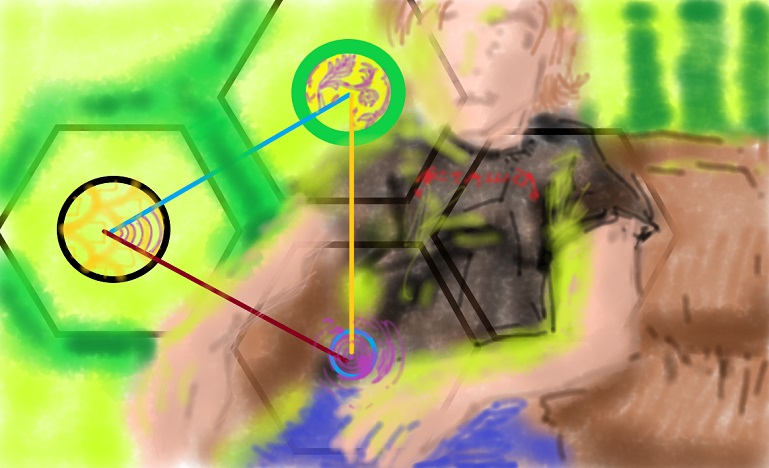Fred and Loathing on The Internet
Welcome to the public web log of Fred Lambuth

Entropy Is Getting Cooler All The Time
2023-Sep-06
Those very recently posted notices about large sweeping changes to the CSS are happening right away. I grabbed a sample CSS package for a personal website, plopped it into my jinja templating, and then filled in the fields with my Flask app’s variables. Voila, un nouvel homepage! Sure looks pretty, but I did not get the javascript link transformations to work. The ones in the example are not to my liking. Once I find one that grips me I’ll put in the effort to have dynamic looking page refreshes, instead of my web 1.0 total page request style.
At the moment I do not have a home for the ‘current favorites’ sidebar I used to have on the homepage. I suppose adding a third ‘Spotify’ link would be a fast answer. I ought to get some more data to show on there to make it worth adding the extra template and route.
Anyways, I’m sure these updates are captivating enough to speak for themselves. Now I can get to the meaty section of my usual blog content: book review(s)! Both are somewhat related! I read about seventy percent of The Data Engineering Handbook by Joe Weis. I tried the one week free subscription to the O’Reilly publisher’s site. The membership is almost a tantalizing idea because it provides very easy reference to every O’Reilly book I could think of. The book itself was worth the read. It gives an encyclopedic level examination of the data ways that were the product of dealing with the limitations of single machine RDBM, up to the ‘Modern Data Stack’ composed of one-purpose (usually cloud) data tools. I appreciate the broad scope of the book because I feel the data engineering landscape is a vast swamp. The infographic of all possible data tools used in 2012 and in 2021 was staggering. From what I can gather in my rapid read, each data engineering choice is not good or bad and a wise data engineer knows how to pick the right tool for the job.
I’ve made my way to almost the end of James Gleick’s The Information. The pace has slowed down remarkably after ‘information’ started to get formally defined by Claude Shannon. I deal with these abstract topics much better when I see it broken down into diagrams, or an educational gif when I can get one.
I find Claude Shannon to be the unspoken protagonist of the book, with Babbage and Lovelace being a prologue to the very idea of information without meaning. He is the one who assembled the idea of ‘the information’ and even put it into effect with the transistors that were recently made in his same place of work- Bell Labs. Redundancy and entropy are the mantras once second half of the book starts rolling with all the mathematicians, theorists, engineers, and physicists of the mid twentieth century pop in to contribute in one way or the other to the idea of ‘the information’ that the author has chronicled.
Add Comment